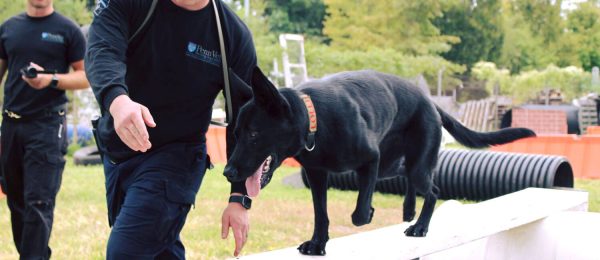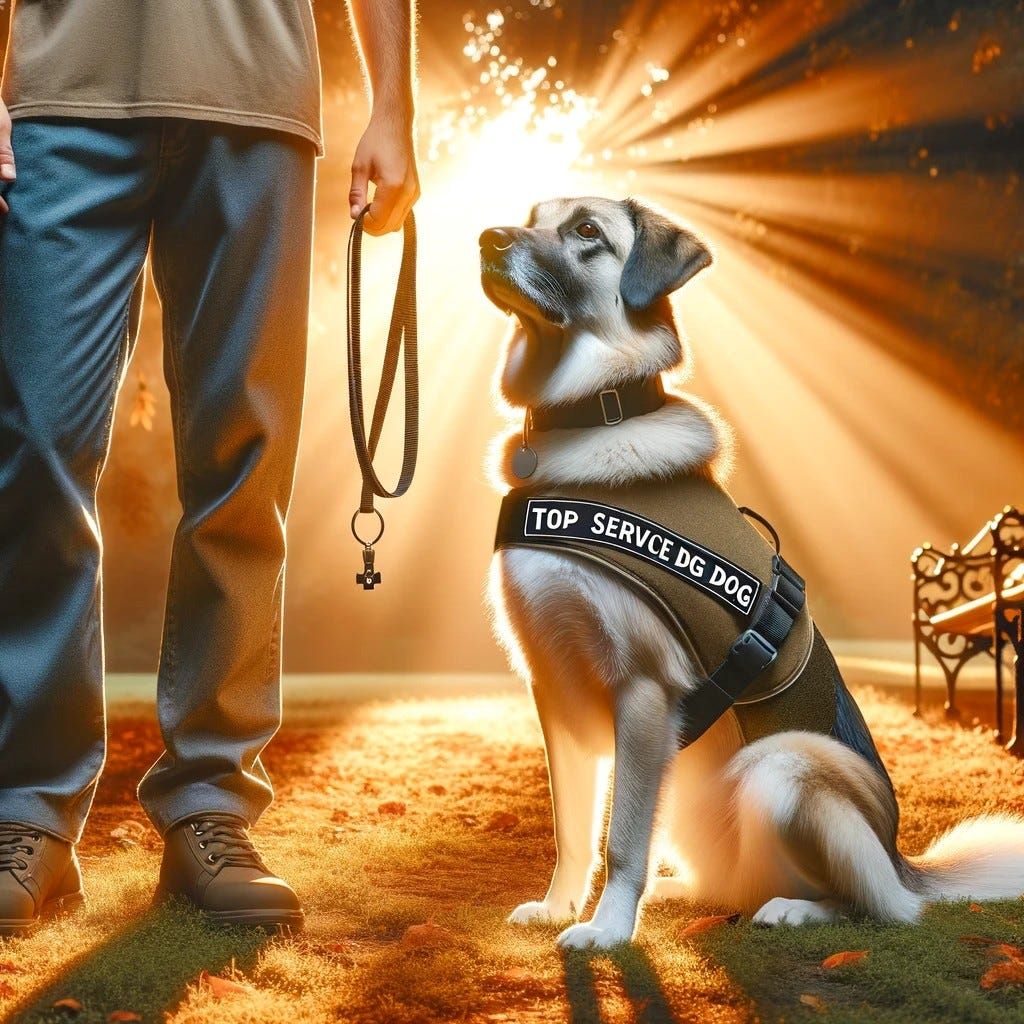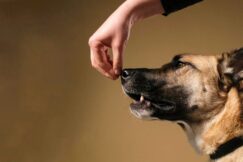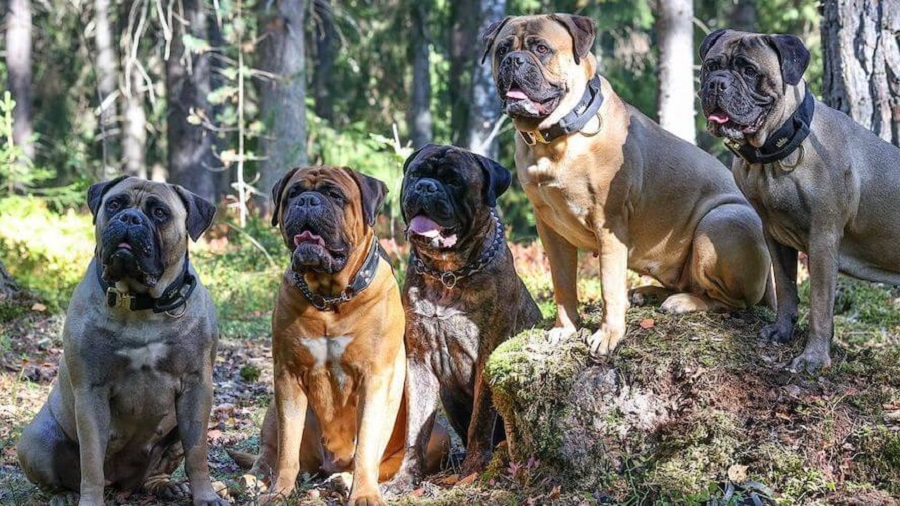Having a working dog is an important part of being a farmer. They provide you with protection, help you herd livestock, and can even assist in plowing your fields. If you’re thinking about getting a working dog but aren’t sure where to start, keep reading!
Working dogs can be trained in many different ways. They will all have different needs, depending on what type of work they will be doing. Some working dogs are more suited for herding and protecting livestock, while others are good for catching vermin or hunting games.
How to start training a working dog?
The initial step in training a working dog is choosing the breed that best fits your needs. If you want to herd livestock, you will want a Border Collie or Australian Shepherd. These dogs are excellent workers and very intelligent when it comes to learning new skills. Dogs that are good for catching vermin or hunting game are usually hounds. These dogs have a strong sense of smell and will be able to track down your prey. Once you have chosen the breed, it is time to take them home and get them settled in their new home.
Learn the commands and signals associated with the sport
Be consistent in your training, and start early. Training a working dog needs to happen over time, but it’s best if you can begin as soon as you bring your dog home. Consistency is key: always use the same words and gestures when giving commands and teaching behaviors, so that your dog develops an association between those words or gestures and what they mean. This will help him learn faster!
Invest in a good clicker and reward-based treats (we like these!). The clicker is an easy way of communicating with your dog “yes!”; it makes it easier for them to understand what they did (or didn’t) do correctly during training sessions and helps build confidence in their abilities as well! We also recommend investing in high-value treats (like jerky) because these are more rewarding for dogs than regular kibble or biscuits – especially when used for reinforcement purposes only during training sessions since dogs don’t need extra calories from these types of food items on a daily basis anyways.”
Start training early and make it consistent
When training a working dog, you want to start early and make it consistent.
You should be consistent with your commands and training methods. For example, if you are using treats as a reward then only give treats when the dog performs correctly.
You also have to be consistent with how much time you spend on each command or behavior before moving on to another one. If one day the dog is learning to sit while the next week he’s learning down, then he will become confused and not know what it is that he needs to do in order for him to get rewarded (e.g., sit).
Invest in a good clicker and reward-based treats
A clicker is a tool that helps you communicate with your dog. The clicker should be used to mark the exact moment your dog does something right, and it can be used to teach new behaviors and reinforce old ones. You can also use the clicker to train a dog to do tricks.
Create a safe environment for your dog
Create a safe environment for your dog. Train the dog with positive reinforcement only, never negative. Never punish the dog for mistakes he makes, instead corrects them and then reward him for doing it correctly. When training a dog, always be patient and consistent. If your dog gets frustrated or confused, stop the session and try again later. Remember to reward your dog every time he does something right so that he knows what you want him to do.
Set expectations and limits for your dog
While it’s important to set expectations and limits for your dog, it’s also important not to be afraid of punishing bad behavior. If you let your dog get away with bad behavior, they will continue doing it and you’ll never have a well-behaved pet.
Some tips on setting expectations:
- Don’t expect too much from your puppy or dog in the beginning; it takes time for them to learn new things!
- Make sure your dog knows what is acceptable behavior by using words like “yes” or “no” when they do something good or bad (respectively). You can also use treats as rewards sometimes, but don’t overdo this—it might make them think that all good things happen when there are treats involved!
- Remember that every person will train their dogs differently—the most important thing is that everyone is clear about what behaviors are expected from their pup (and how those consequences will be enforced).
Ignore the barking, whining, and barking when training
It is not a good idea to reward your dog for this behavior. If you do so, your dog will bark even more because it knows that it will get something from it. So instead of rewarding him, just ignore him because this way he won’t think that he got what he wanted with his bad behavior.
If your dog is barking try to find out what is causing it and try to take care of these issues with toys or other activities that can occupy their time in a positive way such as playing fetch outside or going for walks together every morning before work!
Training a working dog is all about building the right relationship with your pet
Whether you want to train a working dog or just have a pet, building a relationship with your dog is the key to success. There are many different ways you can do this, including socializing with your pet and teaching them appropriate behavior. Each method has its own benefits and drawbacks, but all can help strengthen the bond between you and your furry friend.
10 quick tricks to train a working dogs
1. Bring a treat with you when you go out for a walk or play fetch with your pet. This will help the dog associate the activity with something good, which will make them more likely to want to do it again in the future.
2. Play games that encourage your dog to go after and retrieve items such as tennis balls or Frisbees. These games can also help develop their hunting instincts, which can come in handy if they’re ever put in charge of finding lost children!
3. Take your dog for a walk or run in an area where there are other dogs and people around. This will help them get used to being around other animals and humans, which will make them less likely to be afraid when they encounter one of these things later on.
4. Use positive reinforcement to encourage your dog to behave the way you want them to. For example, if they sit when asked, give them praise and a treat!
5. If your dog is afraid of something, try to find out what it is that makes them scared of it and then work on desensitizing them from this fear.
6. If your dog is afraid of something, try to find out what it is that makes them scared of it and then work on desensitizing them from this fear.
7. Put a leash on your dog while they are outside so that they can’t run away if they get scared by something.
8. Make sure that your dog gets enough exercise every day so that they are less likely to get scared in the first place.
9. If your dog is scared of something, try to find out what it is that makes them scared of it and then work on desensitizing them from this fear.
10. If your dog is afraid of something, try to find out what it is that makes them scared of it and then work on desensitizing them from this fear.
Conclusion
Training a working dog is a lot of fun and it can be very rewarding. But it’s also a lot of work, so be sure to start early and give yourself plenty of time. If you are new to this sport, then consider taking some classes with an expert or joining an organization that offers training programs for beginners. As for seasoned vets who want to get back into it? Well, we hope our tips helped! Good luck out there!






